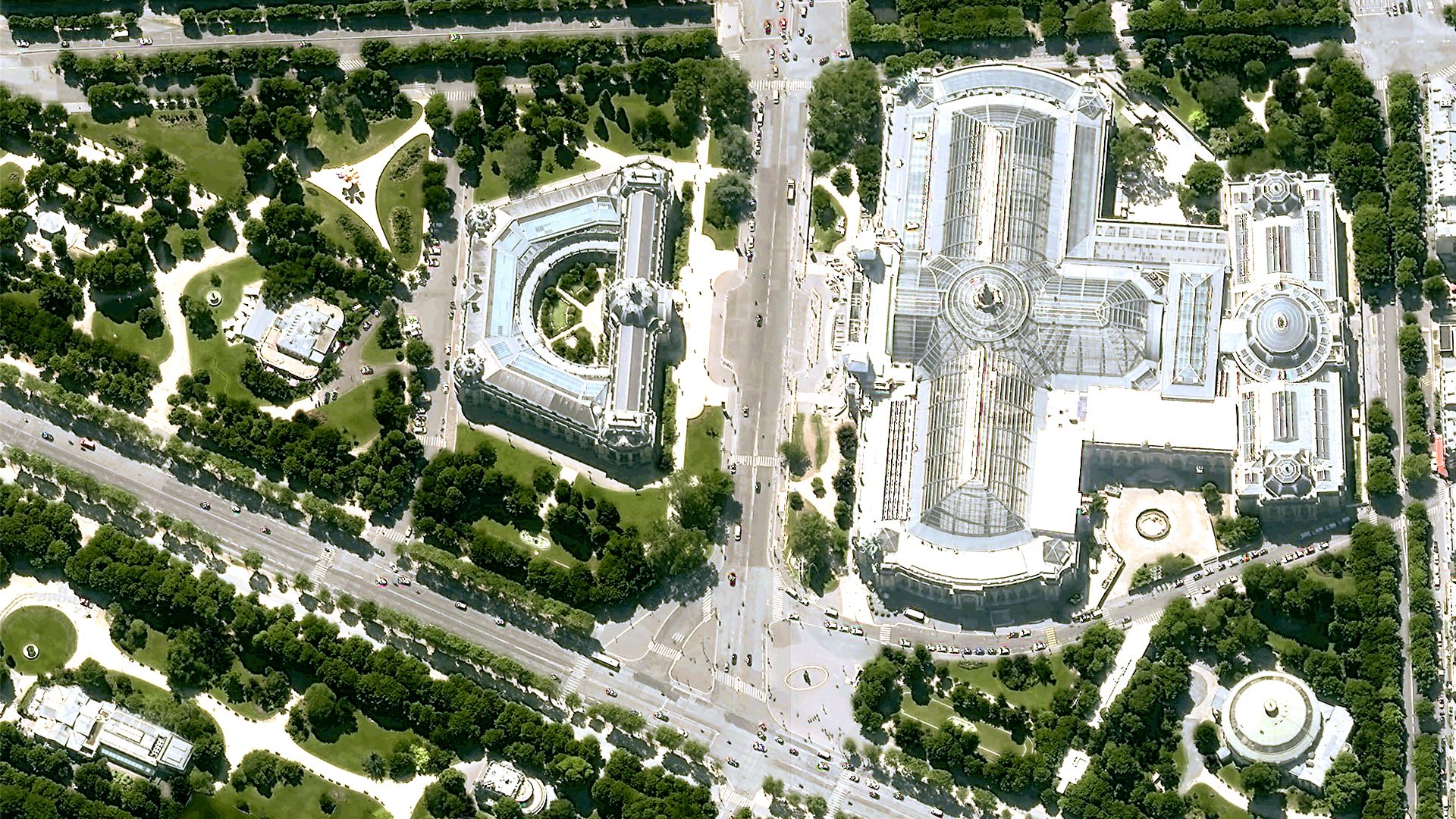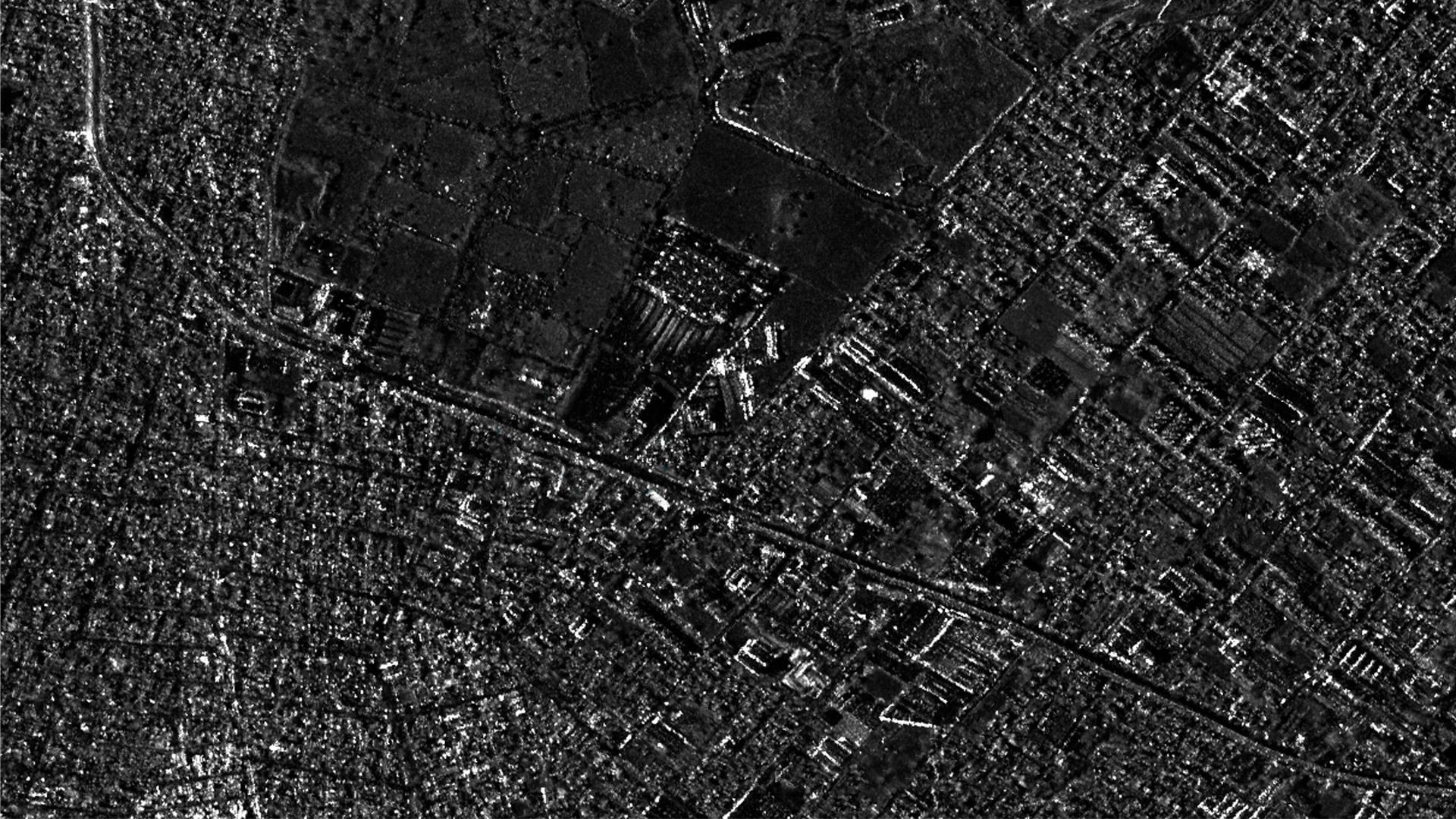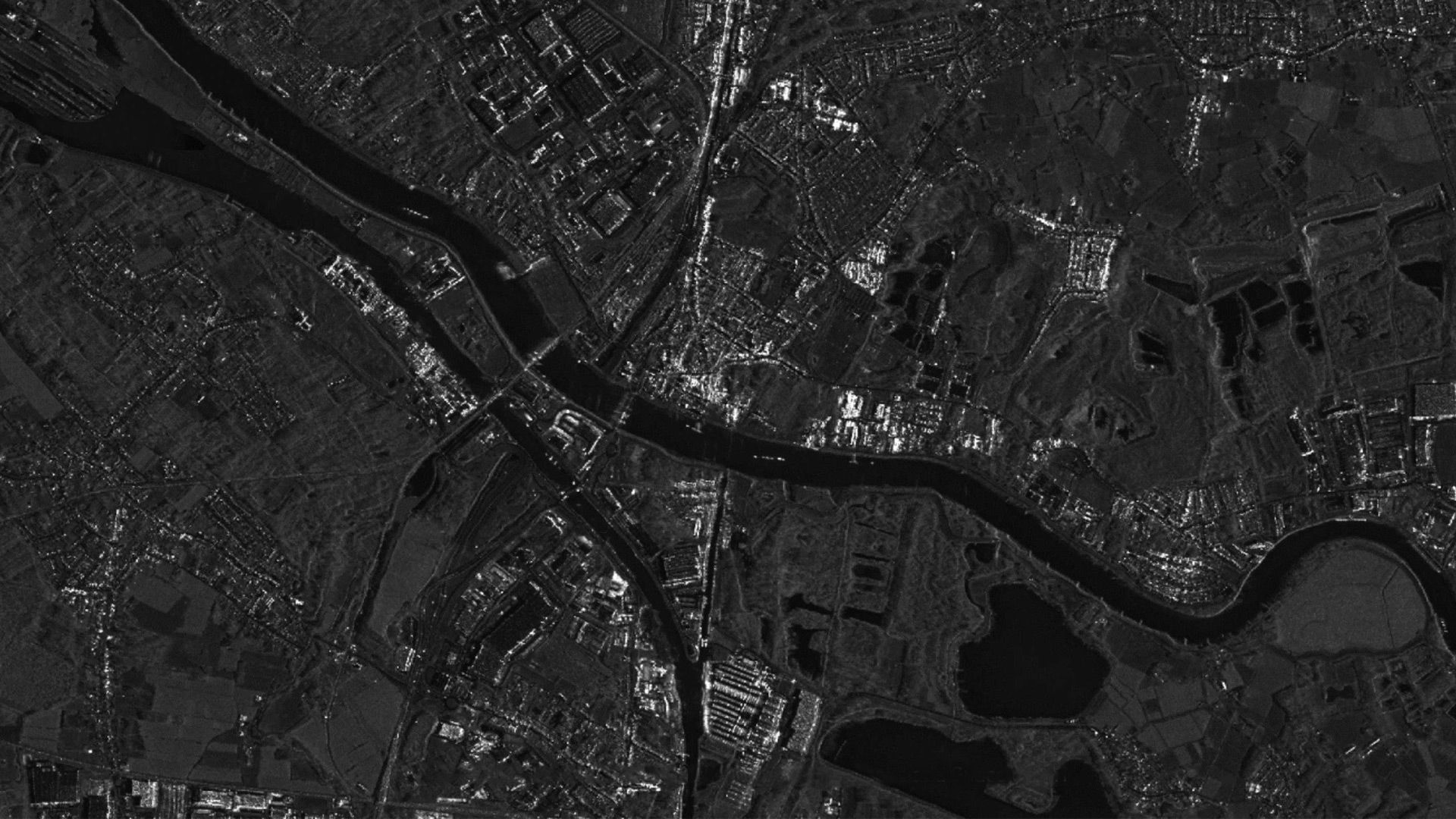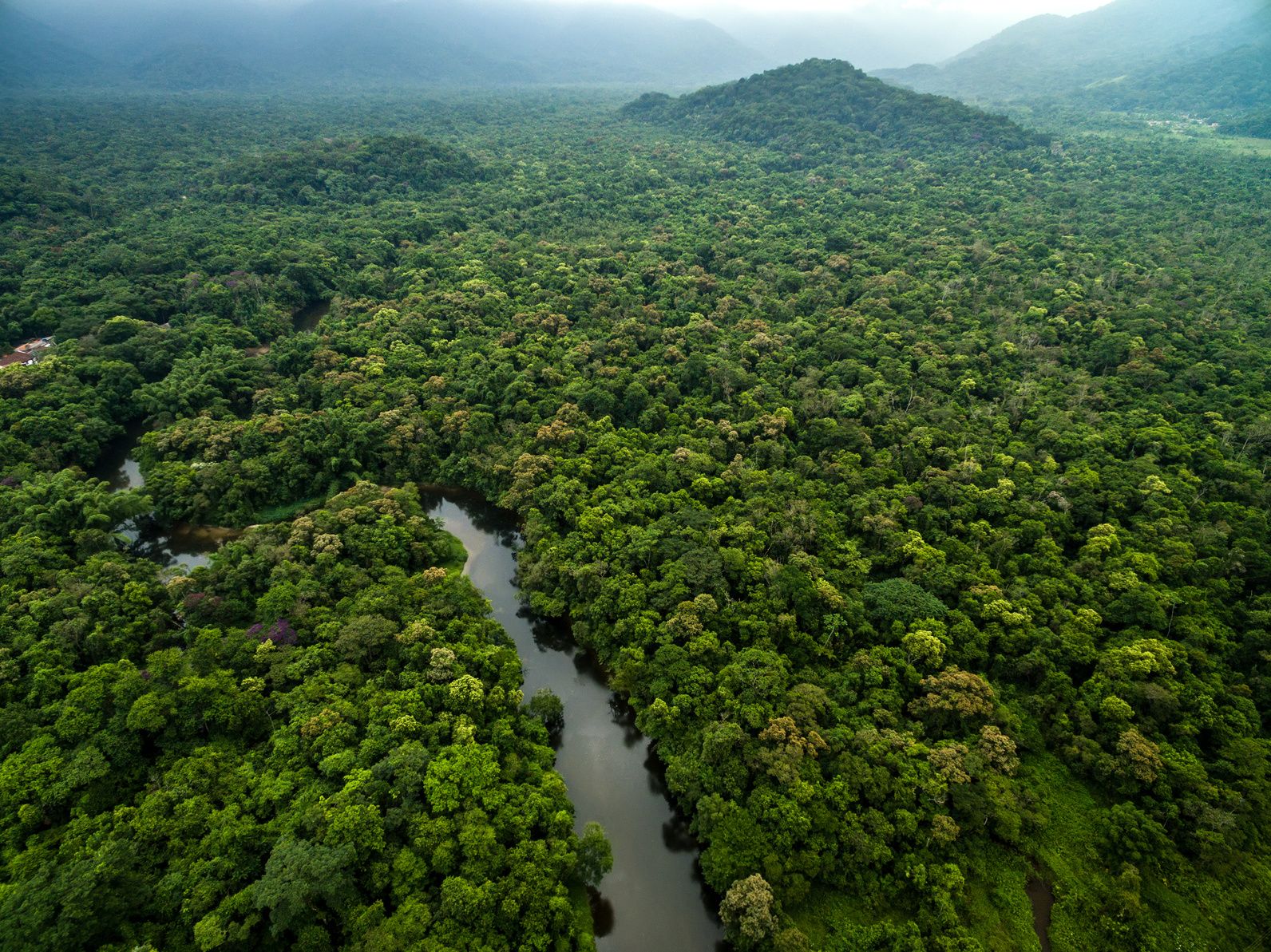
Home
Newsroom
Case Studies
Forestry Environment
The Monitoring of Glacier Elev...
The Monitoring of Glacier Elevation Changes using Pléiades Neo Imagery
In 2022, Airbus launched the Pléiades Neo Challenge, a call for projects offering free access to Pléiades Neo 30cm satellite imagery.
As part of the Challenge, the French National Center for Scientific Research (CNRS) was selected to develop a research project on the Mont Blanc Glaciers. These glaciers have been studied using SPOT and Pléiades satellite imagery for many years and this current study was the opportunity for researchers to undertake further analysis using very high-resolution Pléiades Neo imagery.
Challenge
As glaciers are particularly vulnerable to climate change, a key challenge is to find the best way to accurately measure and calculate elevation changes.
Several methods for measuring these changes already exist today and Airbus SPOT and Pléiades satellite imagery has been used for many years.
Through the Pleiades Neo Challenge, the CNRS glaciologist Etienne Berthier assessed the impact of 2022 heatwaves in the Mont Blanc area.
In this research, the glaciologist used 30cm Pléiades Neo imagery to determine the consequences with precision.
Our Solution
Four stereo pairs were acquired with Pléiades Neo between September and October 2022, right after the intense summer heatwave. A mosaic was created to cover the entire Mont Blanc area.
Digital elevation Models (DEMs) were generated without control points at a ground sampling distance of 4 m. They were coregistered to a reference DEM on the stable ice free terrain to minimise elevation differences and were differentiated to obtain a map of the elevation changes on glaciers.
This elevation map reveals changes from August 2012 to August 2021 :
• Glacier tongues (in red) were thinning mostly in their lower elevations and the upper parts were resisting quite well
• Drastic acceleration of the loss of mass was observed in the last year




Benefits
Glacier topography
Very high-resolution stereo images from Pléiades Neo are an efficient way to measure the constantly evolving glacier topography.
Monitoring
Pléiades Neo enables us to monitor the impact that climate change is having on glaciers and the resulting consequences on sea levels and water resources.
Glacier high-resolution monitoring from space
Data accessibility remains the main bottleneck to apply these methods at a global scale and to ensure the continuity of the glacier high-resolution monitoring from space.

CNRS, the National Center of Scientific Research, is the largest public research organisation in France. Today, this organisation directs its work towards scientific and technological research, it is in very close relationship with the French Ministry of Higher Education, Research and Innovation. The CNRS has more than a thousand research centers. The CNRS is the leading European research center and the third in the world.
Want to know more?
Our sales team will be happy to provide you more information about this case study and how it can meet your business needs.






